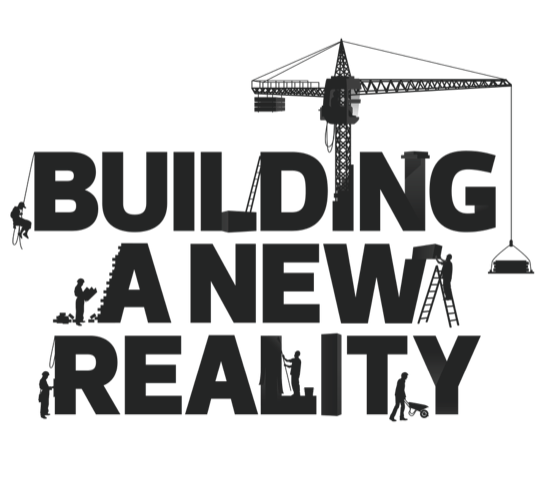We often equate justice and punishment, yet repairing the harm caused by a crime is a critical part of justice.
The growing use of “restorative justice” provides an alternative or supplemental response to punishment, and should routinely be available for the benefit of crime victims. Restorative justice offers victims, offenders, and their families and friends the opportunity to talk with one another, in a safe setting, with a competent facilitator to organize the process.
One might ask, “Why would crime victims want to talk to offenders?”
Modern Restorative Justice
In 1974, Canadian probation officer Mark Yantzi brought about the first recognized case of modern restorative justice, when he arranged for two offenders to discuss restitution with their victims and to apologize for vandalism to the victims’ homes. What Yantzi discovered was that crime victims were much more interested in the conversation than the restitution.
Thirty years later, research by Carolyn Angel at the University of Pennsylvania, conclusively identified the positive effects of restorative justice in substantially reducing post-traumatic stress for victims of burglaries and robberies in an area of London. Rather than merely trying to “reduce crime,” the research points the way to an achievable new goal for the justice system in a new reality—to reduce the impact of crime.
Restorative Questions
Australian police officer Terry O’Connell pioneered the first restorative justice conferences. He developed the script and its restorative questions that became the basis for the Real Justice model of conferencing, which has since spread around the world.
In a restorative conference, offenders are initially asked to respond to the restorative questions:
What happened?
What were you thinking at the time?
What have you thought about since?
Who has been affected by what you have done?
In what way?
What do you think you need to do to make things right?
Then, those who have been harmed respond to similar questions which allow them to be heard.
Research on the conference process found that it is remarkably effective in allowing everyone to gain a shared understanding of the situation and what needs to happen to repair the harm. Strong satisfaction and feelings of fairness among those participating in a restorative justice conference process are almost universal—for victims, offenders and their communities of care.
Implementation
However, restorative justice is still a relatively uncommon practice in the American and other criminal justice systems.
The New Zealand Ministry of Justice has achieved the most extensive and sustained restorative justice program of any country, through family group conferences for young people and a growing adult restorative justice program—resulting in improved outcomes with both youth and adults. New Zealand reports that it has actually saved money by closing unneeded youth justice courts and residential facilities.
The Community Justice Network of Vermont comes closest to the ideal of restorative justice at a community level. Police, probation, corrections, schools and volunteers have sustained and expanded restorative and community justice in Vermont for nearly three decades.
In the Netherlands, the Dutch are presently legislating restorative justice regulations within their criminal justice system.
Led by Detroit’s Fifth Precinct, the city’s police departments convene one-day restorative practices workshops in which residents who have experienced problems with police can have dialog with them—and discuss ways in which the public and police can become co-creators of safer communities.
Justice in a new reality employs restorative justice to reduce the impact of crime on victims and their communities of care, and to reduce criminal re-offending.
Related Posts
How Restorative Practices Helped Me to Trust the Police
Writer Kerra Bolton speaks about how a meeting with police in Detroit, who employ restorative practices, affected her long-time mistrust of police.


